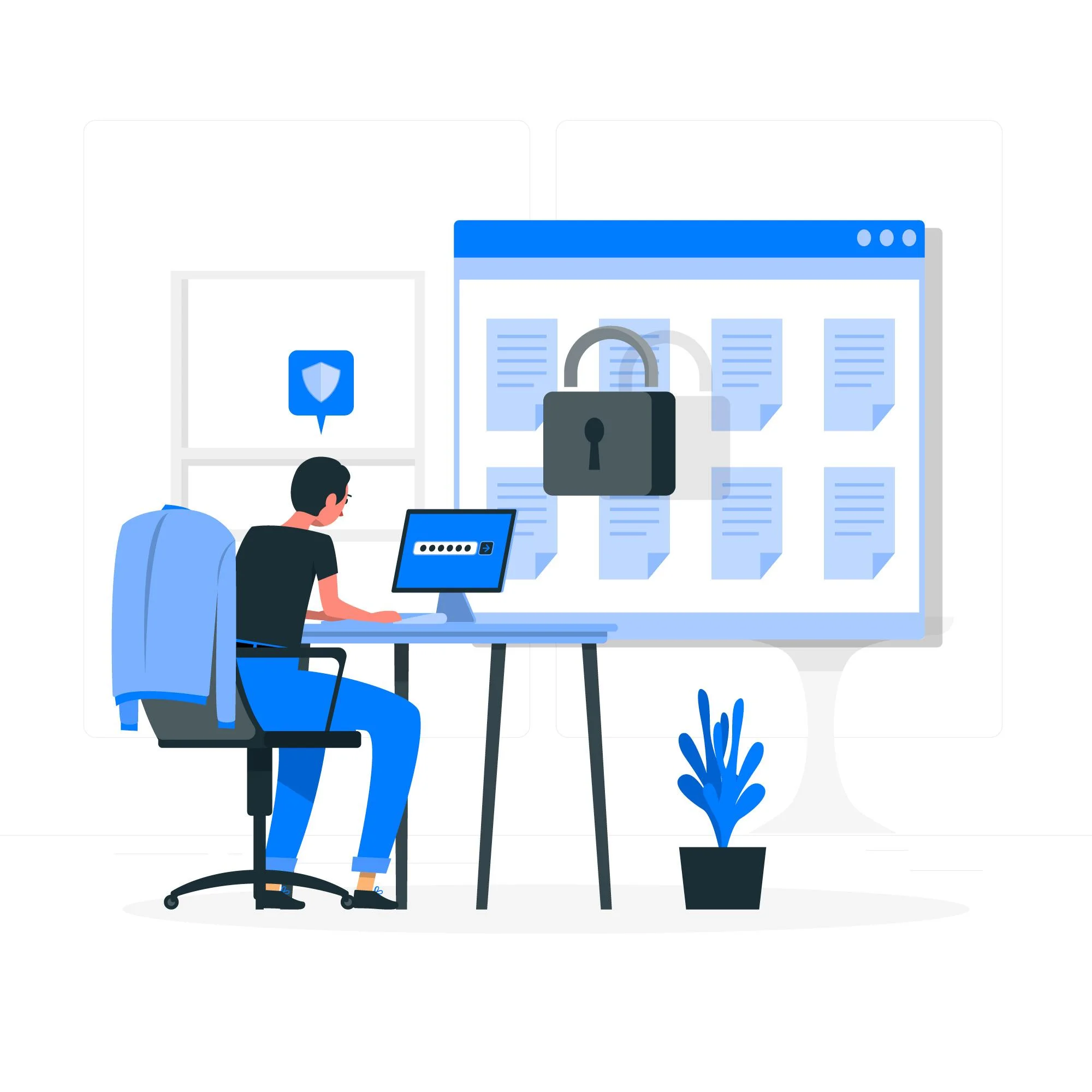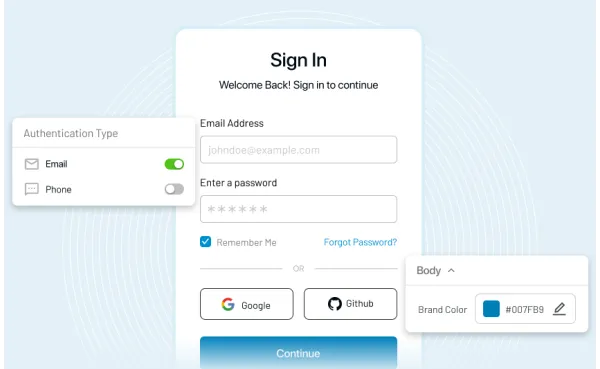How to Choose a Strong Password- A Quick Guide
With billions of passwords leaked, weak credentials are no longer just risky—they're dangerous. Learn how to build strong, unique passwords that can resist modern cyberattacks. This guide breaks down techniques, tools, and policy tips to help you stay secure.
Kundan Singh2025-05-16

Loading blogs...
